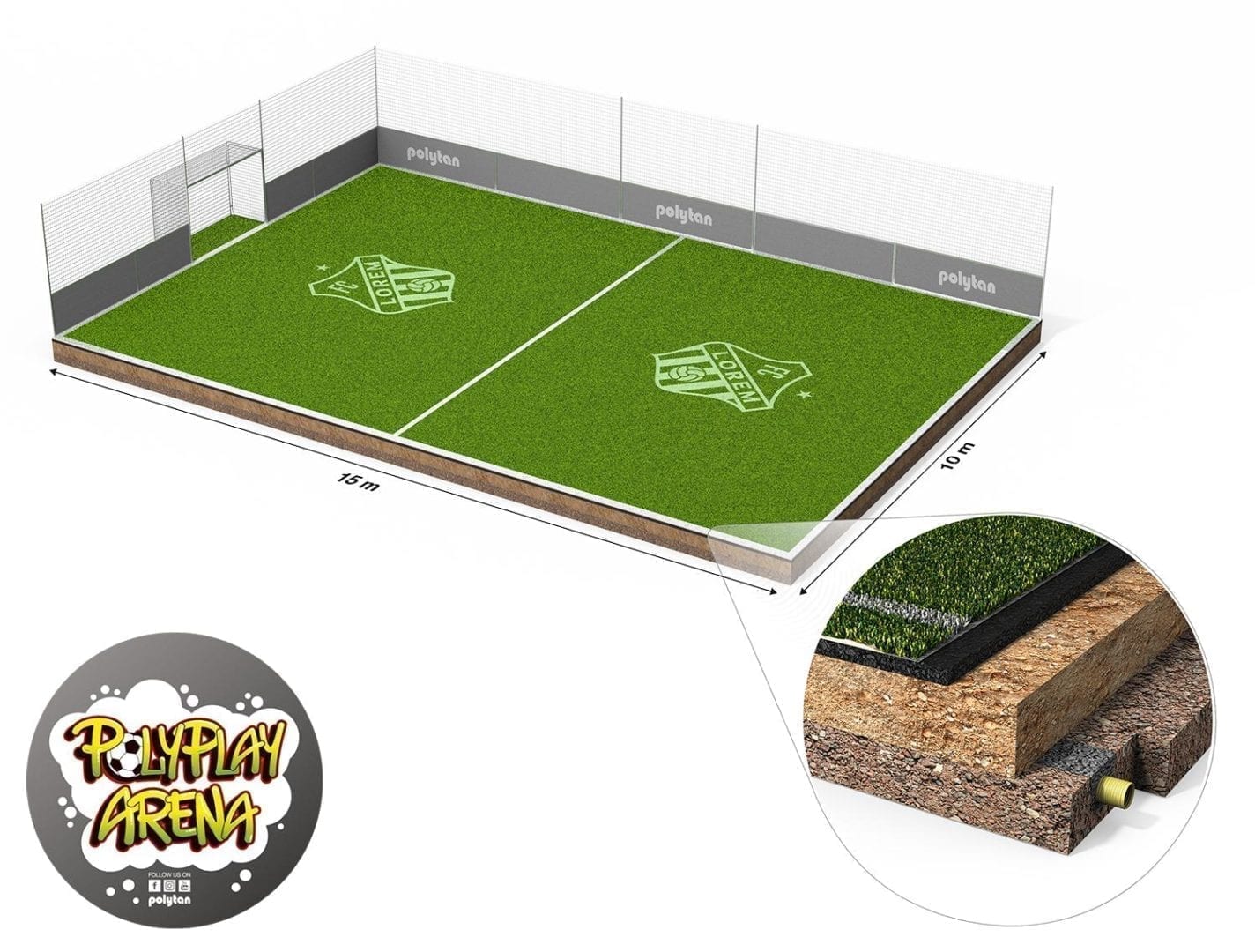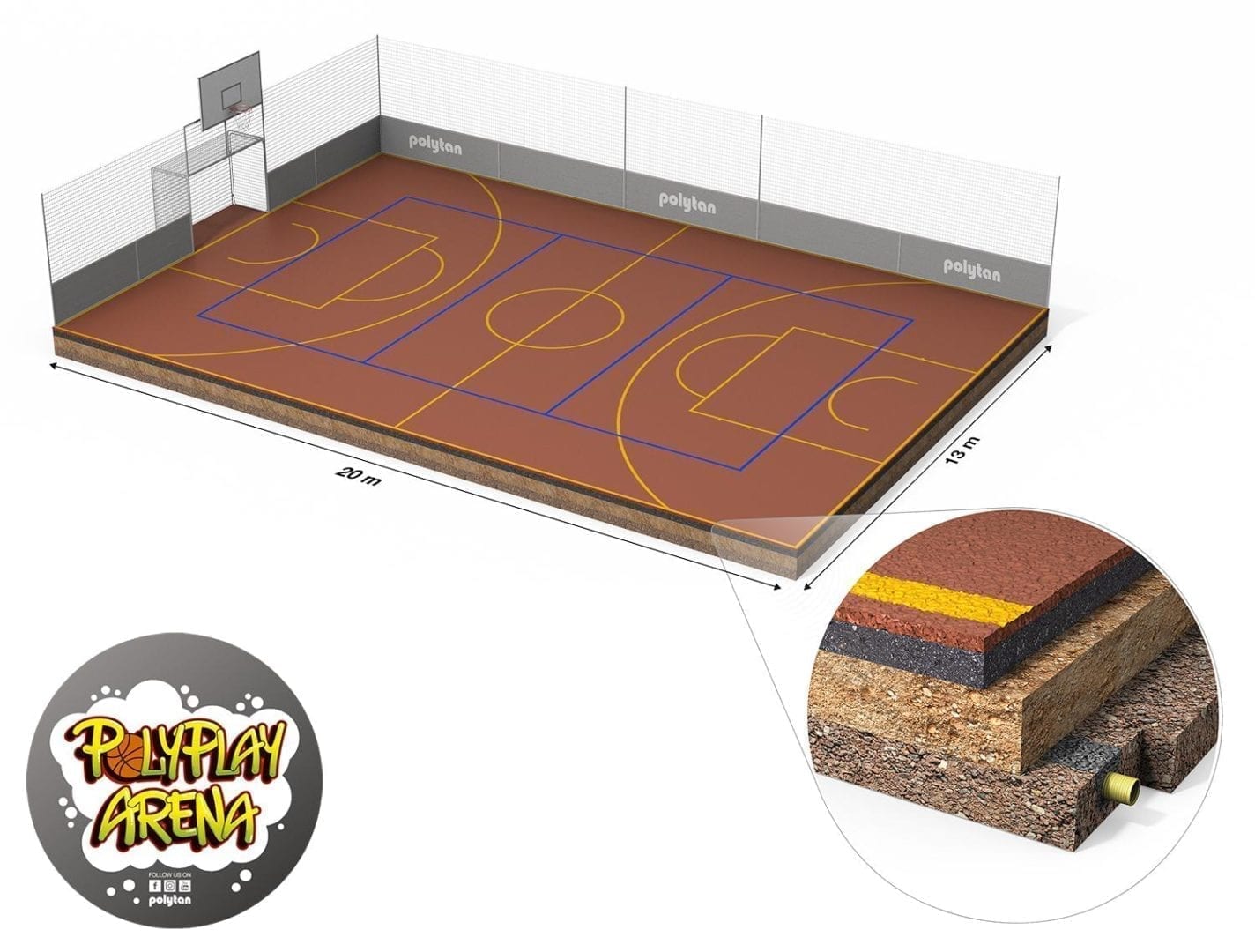Hockey is enjoying a surge in popularity in Germany, especially among young people, who appreciate the fast pace of the sport and dynamic athletes such as national player and Polytan brand ambassador Elisa Gräve. Part 1 covered some of the rules of the game: here we look at the sport’s history.
An introduction to the history of hockey
Hockey, one of the most prestigious sports in the world, has a long and varied history. When it comes to the name, many people think of England, the self-declared ‘mother country’ of the hockey game, and then of former British colonies such as Australia and India, or of Pakistan, where the sport continues to be very popular today.
However, hockey is not an English invention. The sport goes further back, and has a history full of curiosities. Its true beginnings are still shrouded in some mystery, but the the oldest representation of hockey players comes from ancient Egypt, from tomb paintings that date back some 4000 years.
Keeping count: up to 50 men on a team
Games that involve hitting or playing a ball existed in countries such as China and India. From there, these games arrived in Persia which, in turn, seems to have inspired the ancient Greeks to adapt them. Spanish conquistadors also observed the Aztecs playing a hockey-like game with goals and up to 50 men per team competing. This crowded game was not just about the ball, but also about making as many opponents as possible incapable of fighting!
There are numerous variants of games with a stick and ball and these include hurling, lacrosse, koki, mail, mocquet, shinney, bandy, giccho, dakiu, tephu, cathi and chendu for starters. The word hockey originates from the French, where ‘crosse’ has been played since the Middle Ages. Another designated name for this is ‘hoquet’, meaning shepherd’s stick. Sometime in the 12th century, the game crossed over the Channel and appeared in England as ‘hockey’, in Ireland as ‘hurling’, in Scotland as ‘shinty’ and in Wales as ‘bandy’.

Common ground: hockey and rugby
The rules of the 12th century game differed significantly from those of the modern game and were more reminiscent of rugby, with the aim of shooting the ball into a marked-off area of the opposing team, namely a ‘goal’ that consisted of two poles. Opponents were permitted to play or catch the ball with the whole body and to carry it a few metres.
Or the ball was hit through the air with a type of wooden bat, which is also likely to have been used to intimidate some opponents. All told, these were aggressive games, with the sticks decorated to communicate symbolic information about the owners’ origins and character.
A ‘good sport’: hockey as a sport for girls
The precursors of modern hockey lost their (admittedly rough) charm during the 19th century. The Irish sport of hurling reduced the number of players per team from more than 100 to 15, which freed up space on the pitch and reduced hand-to-hand combat.
In 1832, the elite public school Eton pronounced hockey a ‘good sport’ and the game soon came to be seen as an appropriate feminine counterpart to rugby. The development of a more civilised game is often attributed to a gender-based separation between ‘fighting sports’ and ‘women’s sports’.
Hockey takes pride in the fact that it is one of the oldest sports that was accessible to women, much like tennis. It is because of this shared heritage that women continue to play in skirts, albeit in shorter versions than the knee-length garments of decades past. Another hangover from this history is the fact that the sport is often referred to as ‘ladies’ hockey, rather than women’s hockey; another quirk that the sport has in common with tennis.

First rules, first clubs in England
In the 19th century, at various English universities, the discipline was cultivated as a women’s sport, but played according to different rules, which made competitions between colleges difficult, as negotiations (which often failed) regarding the rules had to be held first.
This came to an end in 1840, when the world’s first hockey club was founded in London-Blackheath. In 1852, the first written set of rules was defined in Harrow (the Rules of Harrow), which enabled regulated matches. The Hockey Association first appeared in 1875 as the very first national association, which has allowed England to proclaim itself the ‘motherland’ of the modern hockey game.
The new binding rules penalised physical contact – a significant distinction from rugby and the essential prerequisite for developing an elegant, fair and, above all, limited-contact game in the organised leagues. To this day, opponents must not be pushed away or actively blocked. Anyone who does not adhere to the rules receives a penalty: a green, yellow or red card.
Hockey arrives in Germany
The Hockey Association was followed in 1895 by the All England Woman’s Hockey Association. We owe the first hockey club on German soil to English-speaking hockey players in Hanover and Heidelberg, with the first official ‘competition’ taking place between the English pupils of Pedagogium Bad Godesberg and the Bonn Royal Gymnasium. Sadly, the result has been lost to history.
In 1896, the 1st Hamburger Hockey Club was founded, and the Hanseatic city is still considered to be the stronghold of German hockey today. Hockey was also quickly welcomed elsewhere, particularly in Berlin. In 1899, the Berlin Women’s Hockey Club launched its first club competition.
Hockey goes to the Olympics
In 1908, hockey celebrated its Olympic debut in London – although only for men. Gold was won (no big surprise at the time) by England, with Ireland winning Silver, and Scotland and Wales sharing the Bronze. However, as early as 1928, India came to dominate the sport at the Olympics, winning Gold seven times in a row, with Pakistan interrupting the winning streak on just one occasion (Rome 1960).
Women’s hockey did not become Olympic until Moscow 1980, with Zimbabwe claiming the Gold medal. India leads the medal table for both women and men with eight Gold, one Silver and two Bronze, followed by the Netherlands and Germany – ahead of the ‘traditional’ hockey nations of Australia, Great Britain and Pakistan.

National player Elisa Gräve and her Olympic dream
Polytan proudly supports individual players, with the aim of promoting hockey in Germany. Elisa Gräve played for the national team that won the German Indoor Hockey Championship in 2015 and 2019, became a European Indoor Cup winner in 2016 and a European championship runner-up in Antwerp in 2019. She also counts her participation in the 2018 World Cup (field) in London as one of her most thrilling successes.
She initially discovered hockey thanks to her babysitter, who often played hockey in the garden with her and her brother. For the Düsseldorf HC player, taking part in the Tokyo 2020 Olympic Games has been both a goal and a lifelong dream, and something she prioritised over everything else, including studies, private life and the club season, until she, like so many others, had her plans turned upside down by the Covid-19 pandemic.
Naturally, Polytan continues to support her, so that her dream remains alive, and joins in the hopes that the Tokyo Olympics are merely postponed. Tokyo 2021, here we come!
















